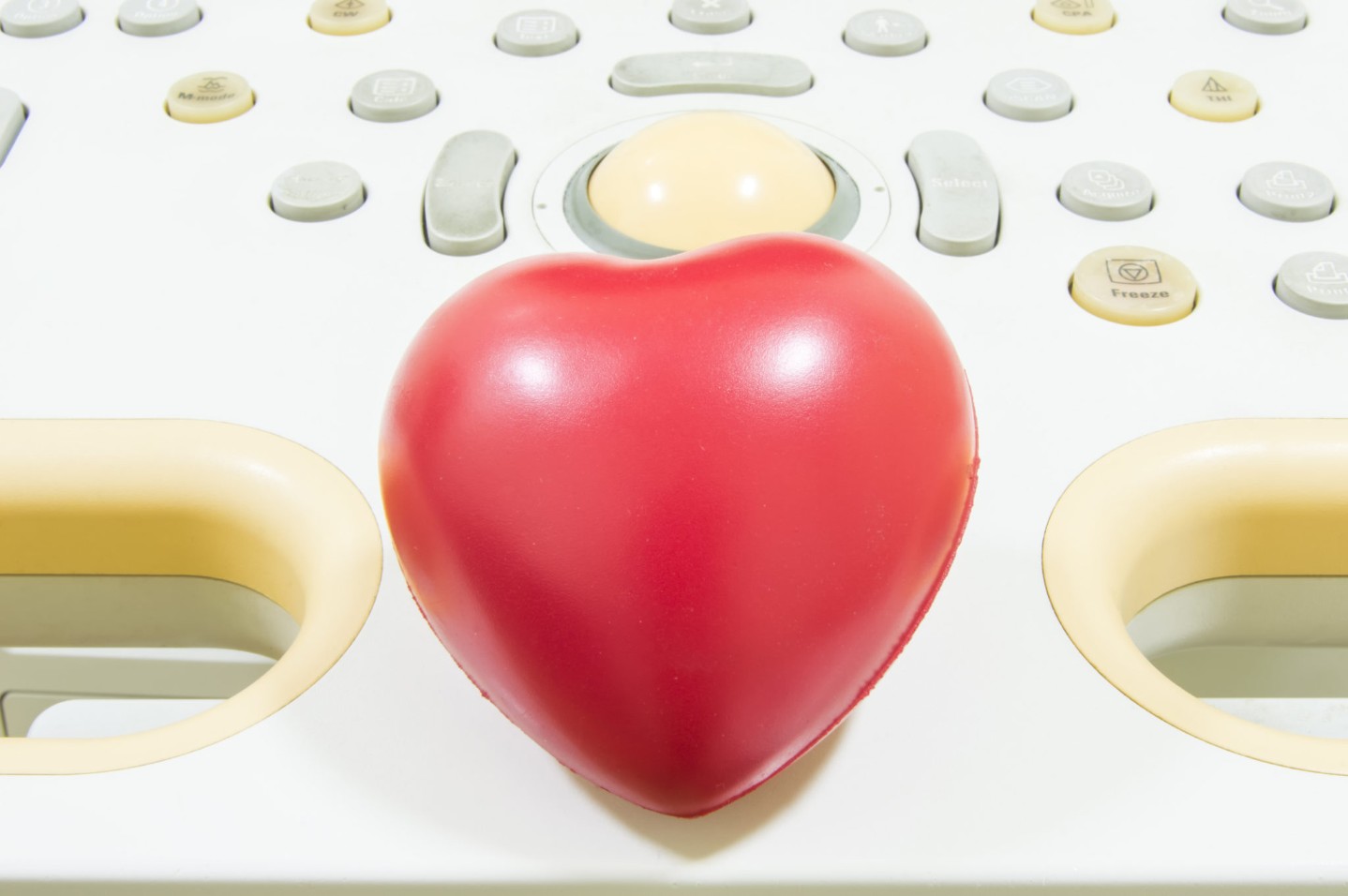Heart Valve Disease - Is It Worse Than Cancer?
JUN 04, 2024Many people put up with symptoms like shortness of breath and fatigue, or explain away a heart murmur that’s actually a sign of something more serious.
Read More
I read with interest the press statements about Barbara Bush’s recent heart surgery. I’m very grateful that the former first lady came through the operation without any major complication and seems to be recovering well.
From what I gather Mrs. Bush suffered from aortic stenosis. This is a scarring and narrowing of the aortic valve, the last gatekeeper of blood flow before the blood exits the heart on its way to the body. Years ago, when rheumatic fever was a common problem, the mitral valve (between the left atrium and left ventricle) was the most common source of stenosis (narrowing). These days, with rheumatic heart disease rare and with the population living longer, age-related degeneration of the aortic valve is the most common valve narrowing we deal with. Only when the valve opening becomes quite narrow does surgery provide any meaningful benefit. Since the progression of stenosis is slow and somewhat predictable, most people with mild or moderate narrowing can live many years without needing surgery. Indeed, most will die of something else before the valve represents a real problem.
Such was not the case with Mrs. Bush, as we learn from newspaper reports. She apparently began developing shortness of breath, the most common symptom of progressive stenosis, and her doctors wisely reached the decision to operate.
What I find most interesting about the account has nothing to do with the surgery itself but rather the comments from the family.
"I've been a nervous wreck about it," the former president said, choking back tears a day after his wife spent 2½ hours getting a replacement valve from a pig at Houston's Methodist DeBakey Heart & Vascular Center.
The former president said he was reassured before the operation but never considered it routine "when you come in and put a pig's valve in your wife. It's scary. I didn't know anything about it."
"I've got to rank it up there as one of the more stressful" experiences in his life, he said, which include bailing out of a shot-up Navy plane in World War II besides his political career.
The former president (also a former head of the CIA) is clearly not used to being in the dark on anything, and the prospect of the surgery (not to mention the “pig” valve) was utterly frightening.
How did the surgeon see it?
Mrs. Bush, 83, was making "an excellent recovery" following the surgery and was joking with hospital staff, said lead surgeon Gerald Lawrie. He called the surgery ordinary and not surprising since valves in people of her age are likely to deteriorate and require replacement or some other treatment.
To the surgeon it’s “ordinary.” To the family it’s “stressful” and renders the former leader of the free world a “nervous wreck.” Such is the power of information. The more we know the less we worry. The surgeon has seen this hundreds of times. The family has seen it exactly once.
This is a good lesson for us doctors and should remind us to do everything we can to educate and inform the patient and family as much as possible on even the most “ordinary” procedures.

If you are worried about your risks for stroke, heart attack or other medical issues, try taking our online health awareness quizzes to find out more about your risk

Many people put up with symptoms like shortness of breath and fatigue, or explain away a heart murmur that’s actually a sign of something more serious.
Read More
Blood-thinning medications are the long-standing treatment for Afib because they help prevent the formation of clots or break up existing clots which can cause a stroke. Unfortunately, these medications also increase your risk for bleeding.
Read More
Could you be walking around with a tiny hole in your heart and not know it? That’s the case for one in four people, due to an anatomic condition.
Read MoreWhen you need local health information from a trusted source, turn to the CHI Health Better You eNewsletter.